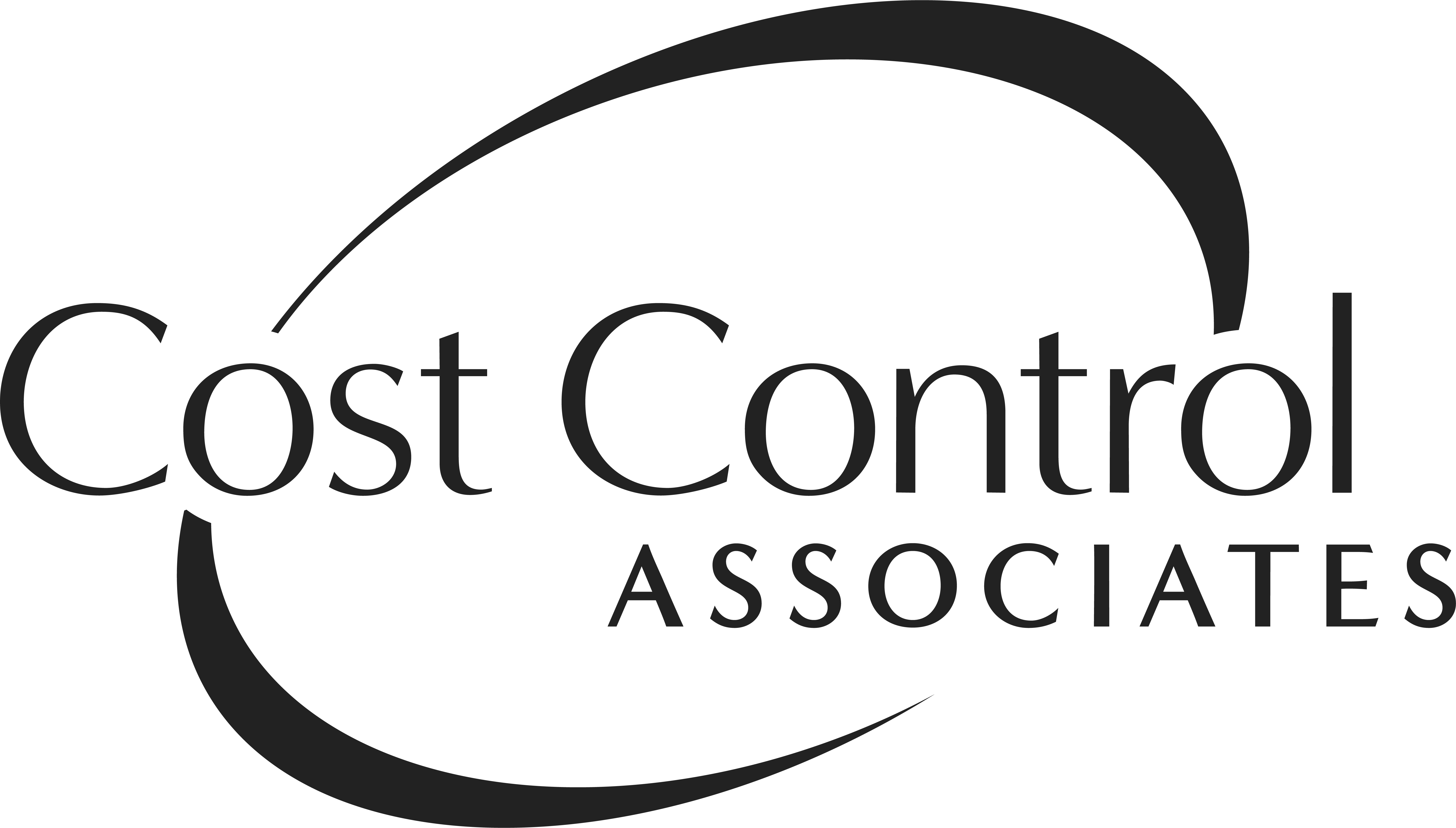According to the IEA Global Status Report for Buildings and Construction, the building and construction sector accounted for 26% of final energy use and 39% of energy and process-related carbon dioxide emissions in 2019. Therefore, to reduce CO2 in the atmosphere, it makes sense to monitor larger commercial and residential buildings to reduce their output. If you own or manage large buildings, you need to be aware of your reporting requirements.
Reducing greenhouse gas (GHG) emissions isn’t just good for the environment; it can have a significant impact on your business. From cutting operational costs to solidifying your investor commitments, tracking and reporting GHG emissions are important to today’s businesses. They give you a full picture of how your buildings are doing—and in many cases, emissions reporting is required by your state or city.
Why Measure Greenhouse Gas Emissions?
People want to invest in, work for and buy from companies that are doing their part to reduce their GHG emissions footprint, but there are other benefits: According to the Environmental Protection Agency (EPA), the findings from GHG emissions reports “can be used by businesses and others to track and compare facilities’ greenhouse gas emissions, identify opportunities to cut pollution, minimize wasted energy and save money.”
The federal entity that oversees the reporting efforts—the Greenhouse Gas Emissions Reporting Program (GHGRP)—is designed to help organizations better understand the GHG emissions from various companies and facilities. The GHGRP reports on GHG emissions data and other information from significant GHG sources such as fuel and industrial gas supplier as well as CO2 injection sites across the US.
Monitoring and reporting on greenhouse gas emissions are important for several reasons—perhaps most notably for reducing our negative impact on the environment. But how does GHG emission reporting impact your business?
Depending on your city and state, you may be required to submit one or more emissions reports. For example, New York City requires GHG emissions reporting for city buildings, but New York State does not have any reporting obligations. Therefore, businesses must meet the reporting standards according to their operational locales. If you operate buildings across regions or states, this can get complicated.
For states and cities where reporting is not required, many businesses still push to release a report because it’s beneficial to the company as a whole. Making this information available to parties such as shareholders, customers, boards of directors and employees creates a sense of altruism—and that’s good for business.
Recent Requirements to Reduce U.S. Carbon Emissions
To avoid steep fines and other challenges, your company is responsible for staying up to date on the GHG emissions reporting requirements in your city or state. These laws help major cities ensure they’re practicing emissions-reducing tactics and staying on track for their emission-reduction goals. The resulting efforts shape the way companies operate in a variety of sectors.
Let’s take a look at what some states are doing:
New York
While the state itself does not have any GHG emissions reporting requirements, New York City has its own rules. In 2019 New York City passed Local Law 97, which directly impacts buildings over 25,000 square feet.
This new law places strict limitations on carbon emissions per square foot, including a call for qualified buildings that are above emissions limits to undergo retrofit or adopt an alternative compliance method. Local Law 97 also includes resources such as an advisory board designed to help improve current emissions metrics and limits and a carbon trading study and implementation plan to keep buildings on track to reach the goal.
Colorado
Unlike New York, Colorado’s GHG emissions monitoring and reporting is done at the state level. In 2019 House Bill 19-1261 called for statewide GHG emissions reduction goals—at least a 26 percent reduction by 2025 and a 50 percent reduction by 2030.
In Boulder, the city aims to encourage homeowners and builders alike to switch from natural gas to electric energy. Following this residential shift, the city plans to retrofit commercial buildings as well. Changes like these will not only help Colorado reach its GHG emissions reduction goals but will also call for businesses in these sectors to adapt.
California
The state of California signed Assembly Bill 32 into law back in 2006 with the goal of restoring GHG emission levels to 1990 levels by 2020. As a result of the bill passing, a multi-year program was set in motion, guided by a Scoping Plan, or in other words, a detailed plan of how California is to meet these emission reduction goals. As a result of this bill, many successful initiatives were launched such as an increase in clean cars and trucks, cleaner fuels, smart community planning and more.
California also passed Assembly Bill 341 that placed stricter regulations on commercial recycling efforts to reduce GHG emissions levels. The Green Building Action Plan, otherwise known as Governor’s Executive Order B-18-12, calls for buildings of state agencies, departments and other government-affiliated units to take action to reduce GHG emissions by at least 20 percent by the end of 2020.
The importance of GHG emissions reporting goes beyond saving energy and reducing emissions. It plays a role in other vital operational aspects such as:
- Cutting costs
- Driving innovation
- Securing investor funding
- Retaining and attracting employees
It’s critical to be aware of what’s going on in your state. New GHS emissions reporting laws can directly impact your business, and it’s important to know what steps you need to follow to comply.
Use Portfolio Manager to Report GHG Emissions
With all the rules and regulations in place, how can companies be sure they adhere to the proper reporting guidelines while understanding how this data impacts business?
Companies that are required to report their GHG emissions levels use the EPA’s Energy Star Portfolio Manager. Portfolio Manager contains useful information for buildings across the U.S and helps streamline the compilation of your own data to fulfill your city or state’s reporting requirements.
This online tool makes it easier to track and measure your company’s GHG emissions and other variables such as water and energy consumption. You can also establish benchmarks as you compare your buildings’ emissions to other buildings of similar size, use and industry within your geographic locale.
Many companies find it advantageous to work with a consultant who specializes in GHG emissions reporting. An industry expert can help you save time and avoid any mishaps related to accurate emissions reporting. Such an advisor can help you set up your facilities portfolio in Portfolio Manager, run benchmarking reports and produce the government reports you need to comply with regulations and requirements.
Emissions Reporting: A Critical Business Component
GHG emissions tracking and reporting plays a critical role in how companies operate while serving as a “gut check” on your facility operations. If you’d like assistance with your GHG emissions reporting, Cost Control Associates is happy to help. Give us a call or contact us today to learn how we might help you save time and money while meeting your emissions requirements.
More on how we can help with emissions reporting
Why Choose Cost Control Associates?
Keith Laake founded Cost Control Associates, Inc. in 1991 and has been responsible for strategic planning, marketing and sales, and overall management of the firm. He currently focuses on business development. Keith received his BBA from the University of Wisconsin and is a certified public accountant. Learn more.

